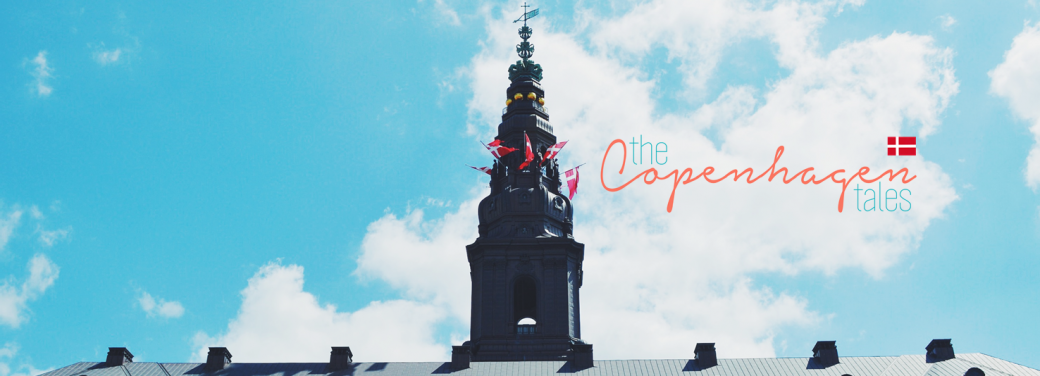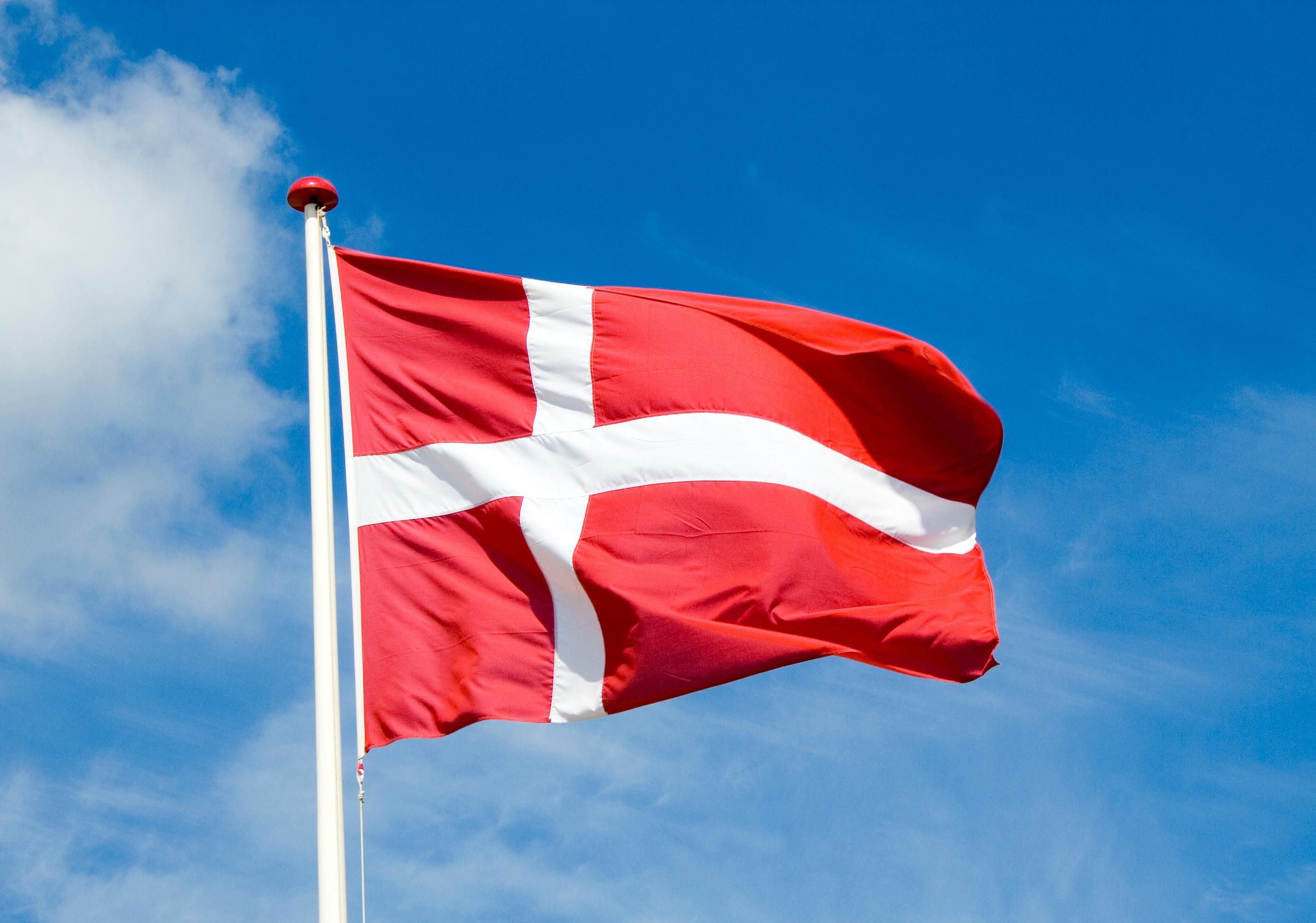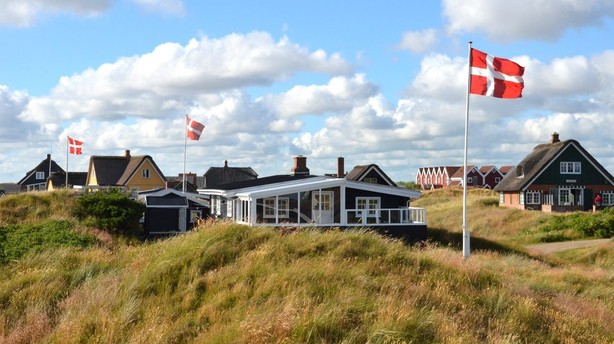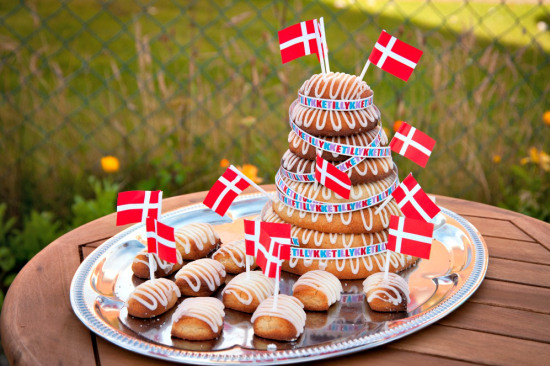It’s time for an expat portrait again! Today, I’m introducing Sarita, a fellow Copenhagen blogger who I’ve also met during The Hive Blogging Conference in May.
If you’re an expat in Denmark and would like to be featured, just drop me a line!
Sarita moved to Copenhagen in early 2012, when her husband was offered a job here. She writes a great blog centered around gift giving called The Orange Gift Bag, which you should definitely go check out! Her mission is “to uncover the best gifts after love”, and her guide to gift giving in Denmark is a must-read for any expat here.
What is your favorite thing about living in Denmark?
I live in Copenhagen and my favourite thing about living here is that it’s such a compact city. You can get to most places within and around the city within half an hour either on cycle or the efficient public transport.
What do you miss most from your home country?
I miss my family and friends in India and all the festivals we celebrate back home. I can get quite nostalgic thinking about them, but I’ve now begun to celebrate them in the best way I possibly can in Denmark.
If you could describe Denmark in 3 words, which would you use?
Charming, homogenous and balanced (work-life).
In your opinion, what is the weirdest or funniest thing Danes do?
I find it unusual that Danes are not particularly religious but they are tradition bound. You notice it in the way they celebrate festivals and the tradition of having the christening, confirmation and wedding ceremonies at the church but rarely visiting it the rest of the year.
What is your favorite Danish food? What is the worst?
My favourite is the smørrebrød…it’s a fun piece of Danish cuisine. The worst would have to be leverpostej…I just can’t get myself to eat it.
Which Danish tradition would you like to keep even if you move away from Denmark in the future?
It would be nice to continue the tradition of hygge.
What are your favorite three places in Denmark or the Danish city you live in?
- Fælledparken - I love visiting it with my daughter; there’s so much to explore and do.
- Hovedbibliotek (The main library) - my source for English novels and my “office” when I need a change from working out of home.
- Paludan Bogcafe - Perfect place to meet friends and have work meetings.
What is the most important thing you have learned during your time as an expat in Denmark?
To be realistic about my expectations. In hindsight, I was a bit naïve to assume that I would make many Danish friends quickly without knowing anything about the nature of Danes or Danish society.
Which advice would you give someone considering to move to Denmark?
Saunter, don’t rush into a relationship with Denmark. Give both Denmark and yourself the time to understand each other. Don’t be in a hurry to set expectations or make judgements.
Finally, we all have a love-hate relationship with the Danish language. What is your favorite Danish word, and what does it mean?
Punktum aka full stop/dot/period. It’s got a fun ring to it and I absolutely love using it when I’m saying an email id or a website address in Danish.
Do you have any questions or comments for Sarita? Post them here, and I’m sure she’ll be happy to answer them!





.png)
